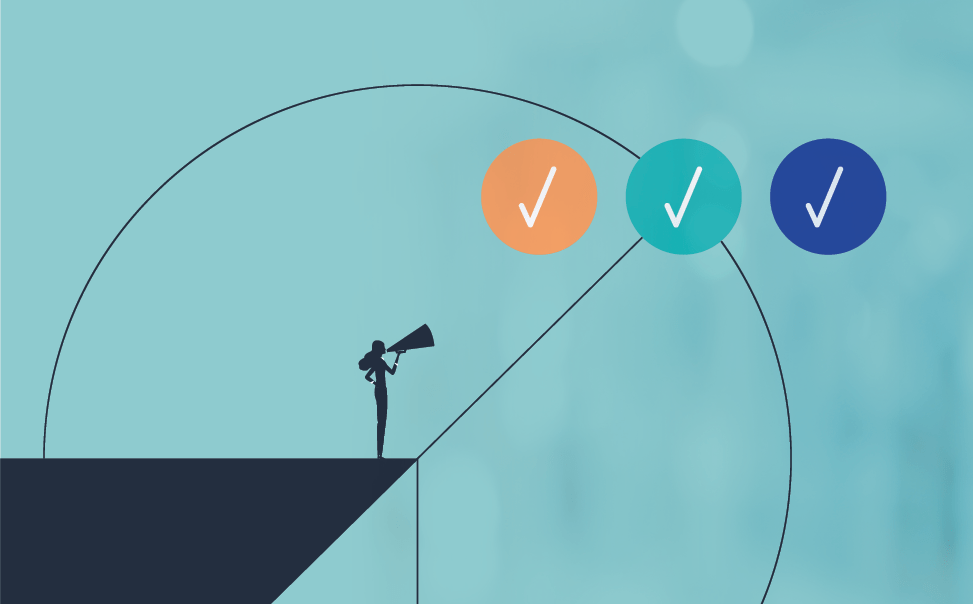Many doctors already use social media to stay connected with friends and family. But what about using social media for our medical practices?
In the past few years, more doctors have started using social media as a practice management tool. As a podiatrist, I have used social media to connect with other medical professionals and the public, and build my professional reputation.
I first began my journey into social media with Facebook — I made a page for my practice and encouraged my network of connections to “like” and follow. After seeing the positive response that my posts had on Facebook, I even decided to create my blog — Dr. Suz Heals. As a doctor, my experiences with social media have gotten positive responses from patients who love how engaged and connected I am.
So, can social media help doctors? Yes. Once you know how to use it, social media can actually help you improve your practice.
Social media can seem a little intimidating to doctors who aren’t familiar with it. That’s why I’ve put together this doctor’s guide on the very basics of social media. These are all lessons I learned in my own journey with using social media.
To start, all doctors should know these general, helpful tips on social media and internet etiquette or “Netiquette.”
- NEVER communicate with patients through social media. You can easily violate HIPAA regulations by doing so. It is a VERY slippery slope. Even if a patient is ok with you communicating in this manner, it may be against stated HIPAA regulations. You should familiarize yourself with the HIPAA regulations before participating in social media.
- Social media can be an excellent and easy way for patients to find out information and more about your practice and services.
- K.I.S.S (Keep It Simple Silly) or do not make your posts too long and verbose. Keep to the point and focus on what message you are trying to send.
- DO NOT post anything that would damage your professional reputation. You are in the public eye and all posts, pictures and even who you associate with online will reflect on your professional image.
- WATCH out for social media and internet trollers and spammers. Trollers are people or groups who either intentionally or pointlessly swear and insult someone with no or some purpose. Either comment back nicely and be the better person or simply ignore.
- You can use social media as a means to educate your patients but do not make a diagnosis over the internet. You can use this as a way for patients to take notice and follow up in your office for an evaluation.
- Patients can follow you on social media for up to date information on your hours, new services or any additional information that is important for them to know in a timely fashion.
Now that we’ve gone through the basics, let’s walk-through each of the major social media channels you should get involved in as a doctor and how to use them.
Facebook is a great way to provide materials for educating your patients since many of your patients likely use it. Most businesses have a facebook page and so should your practice! Post information on the latest advancements in your field and how your practice may be implementing them. Let the public know what you are up to, such as a new certification you received at a medical symposium, or the recent volunteer or pro bono work you are involved in. You can “share” interesting articles with your connections and get their feedback.
Make sure you let your patients know that they can follow or like your practice page on Facebook. You can even create separate personal and practice pages using one account.
Twitter is an extremely helpful way to grow and get the word out about your practice. You can use Twitter to follow other doctors and the media. You can also encourage your patients to find and follow you. The down side? Unlike Facebook, Twitter limits you to 140 characters per post. The good part is that Twitter gives you a really quick and easy way to connect with other like-minded professionals – especially since you can do everything on your phone with the Twitter app.
So what should you be tweeting about? I use twitter to quickly send my followers links to my latest blog posts. It’s a great way for me to connect with people fast when I’m having a busy day. When I am unable to post original material I “retweet” articles that pertain to my specialty and interests.
Try following other professionals, doctors, news sources, and brands you trust and then retweet interested articles, facts or news from those sources. Your patients and followers will appreciate that you’re sharing helpful information. Also, try to tweet something interesting daily. Having a daily goal will keep you engaged and will help you build a following – people tend to stop following you or paying attention if you are lax in your tweets. (The same goes for facebook posts and blog postings – be consistent with your posts).
LinkedIn is an amazing networking tool for doctors. At the very least, you need to start using LinkedIn as a way to share your resume online. Patients, doctors, or really anyone searching for you or your practice can find your profile on Linkedin, see your background, education, training and the aim of your practice, and connect with you. It’s a great way for potential patients to learn more about your background.
You can also use Linkedin to connect with other physicians and medical professionals. LinkedIn is a great relationship builder, and as we all know, the key to a thriving practice is building lasting relationships with other doctors in and around your community.
I have been able to use Linkedin to build mutually beneficial relationships with primary care physicians, physical therapists and other doctors. These medical professionals have been a great resource and referral base for me and my practice.
One word of caution with LinkedIn and other networking websites when you’re just starting out; don’t accept connection requests from everyone. You will get many salespeople and marketers selling their services which can get extremely tiresome and a waste of time. Focus on connecting with others who you can actually build meaningful relationships with.
Instagram is a network for sharing photos with others. Instagram is a less common social media channel for doctors, but can still be a really useful way to build your brand. Many of your patients are likely on Instagram.
To use Instagram, you can take a photo of something important to your practice and tag yourself or one of your connections. Tagging or using a hashtag (#) is a way to add information to your photo that will help lead people back to your page or website. For example if you want patients to come see you because you treatfoot pain you could use #foot #pain or #footpain when you post a photo. This will go into a bank of words that people can search for when they have this problem.
There you have it. A very brief overview of social media for doctors. If you’re just getting started on social media, pick one of these channels and start testing the waters. I personally recommend building a practice page on Facebook as the natural place to start, especially since most doctors already have personal experience with Facebook.
Once you’re feeling more comfortable on that first social media network and seeing a positive response, try expanding and creating accounts on others. My prediction? You’ll feel more engaged as a doctor and see growth in your practice.
Have questions about social media? Leave them in the comment section.
Related Posts:
- 5 Design Tips to Make Your Practice Website Irresistible
- 7 Practice Marketing Tricks Primary Care Can Steal From Dentists
- 8 Practice Marketing Tactics to Boost Revenue




